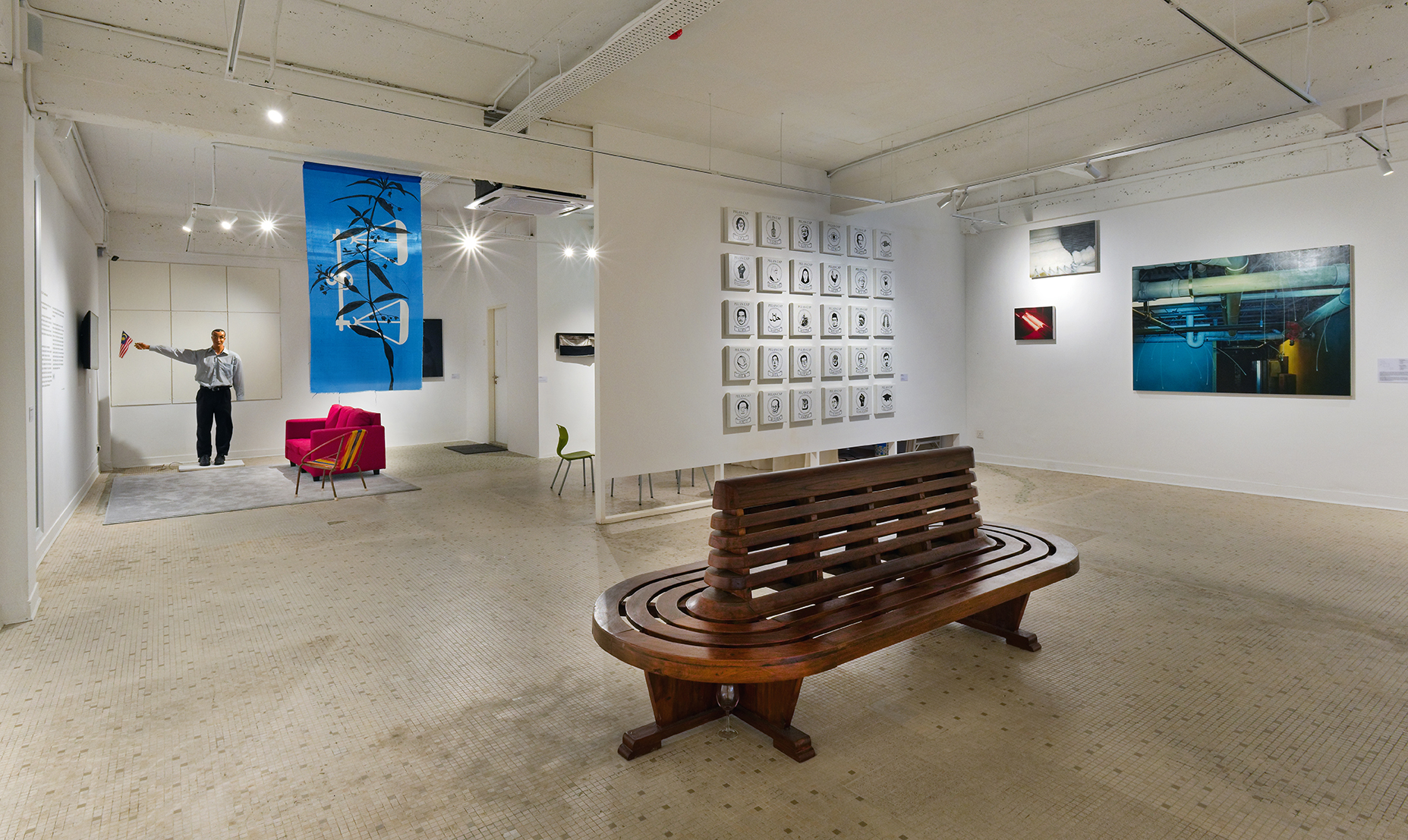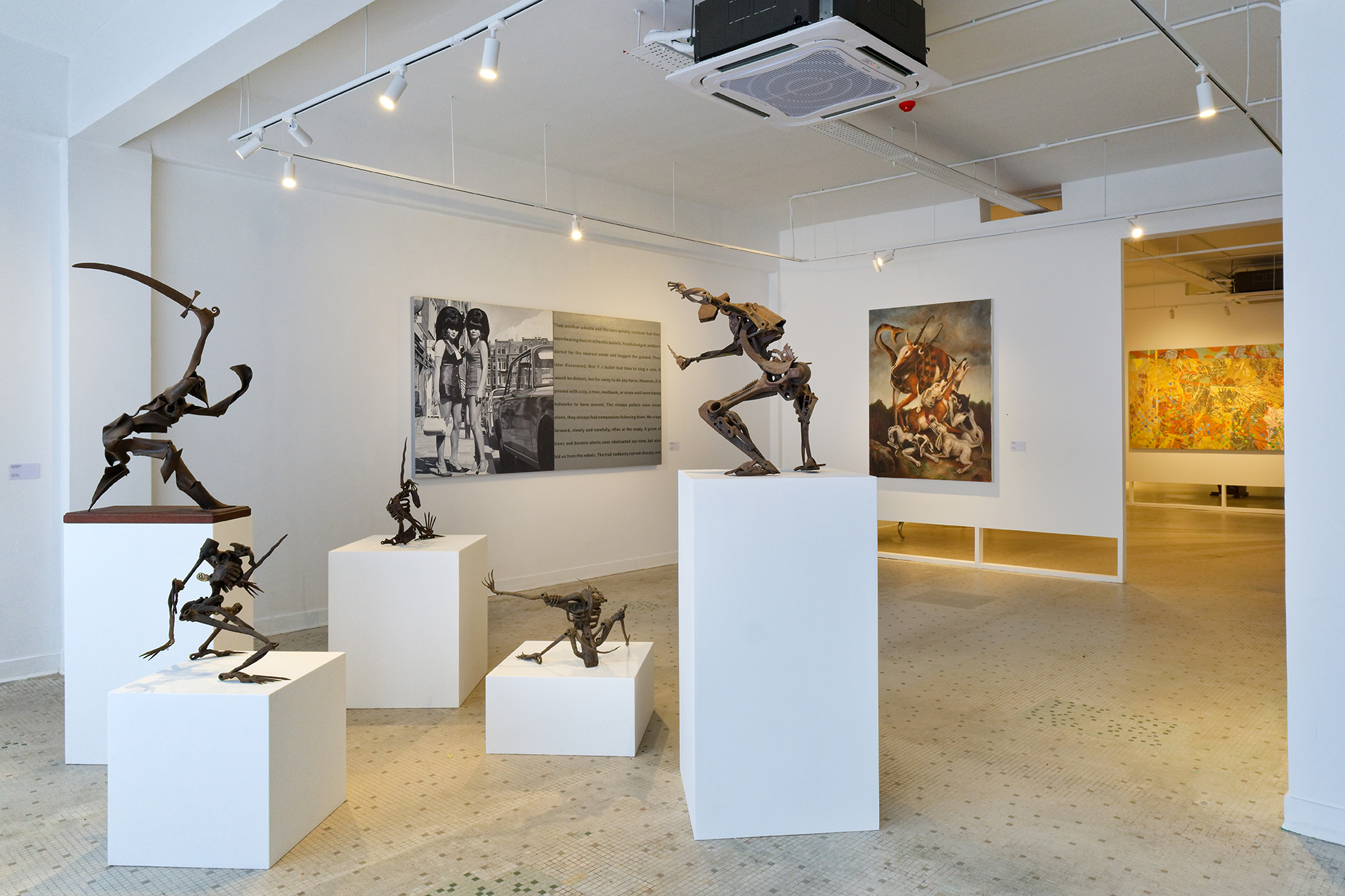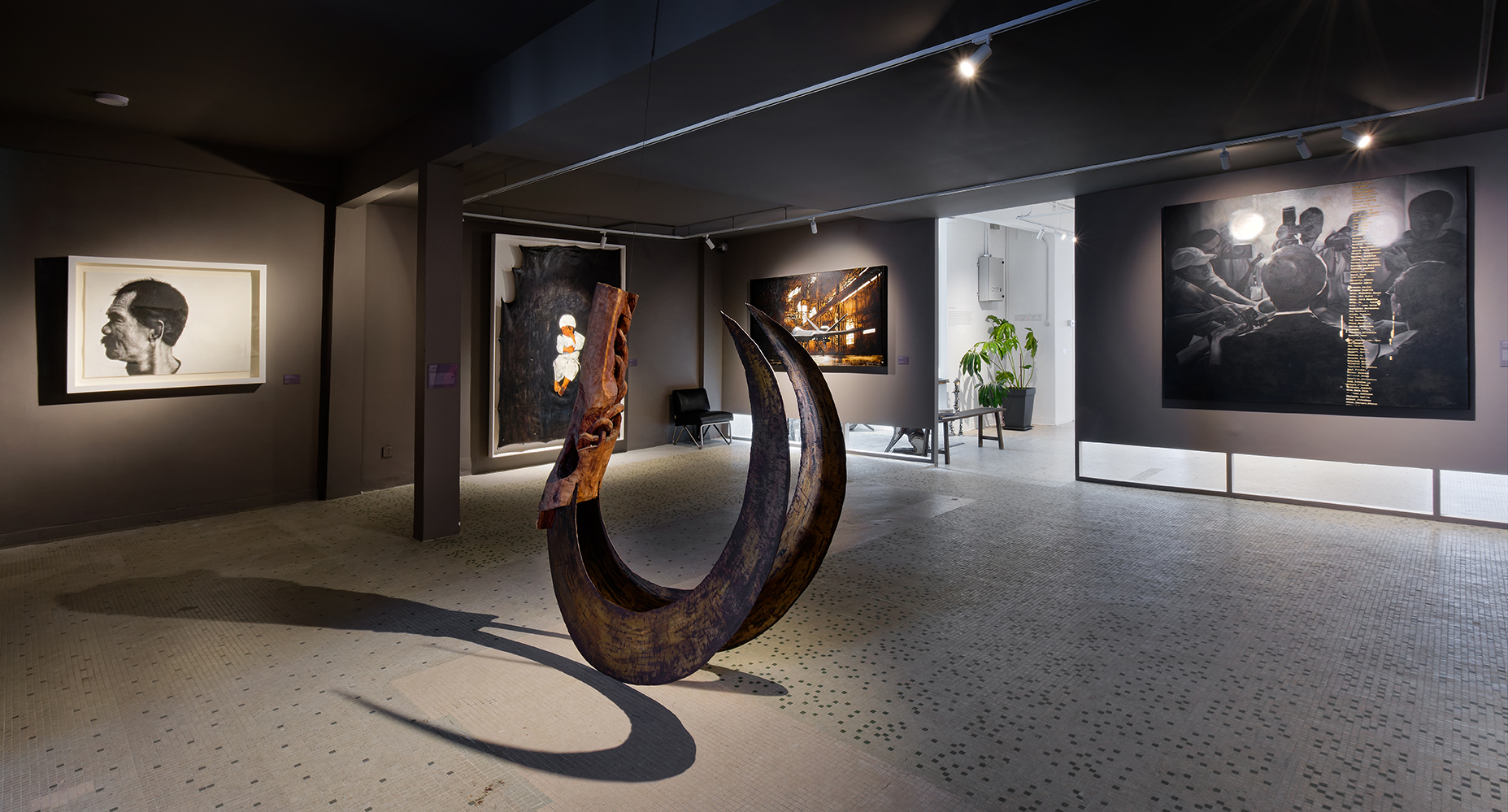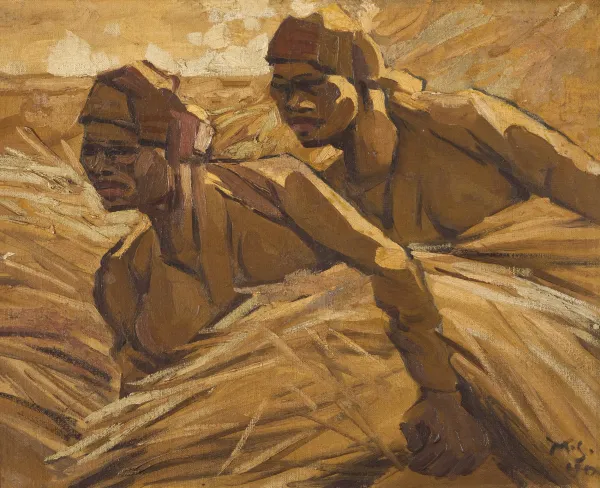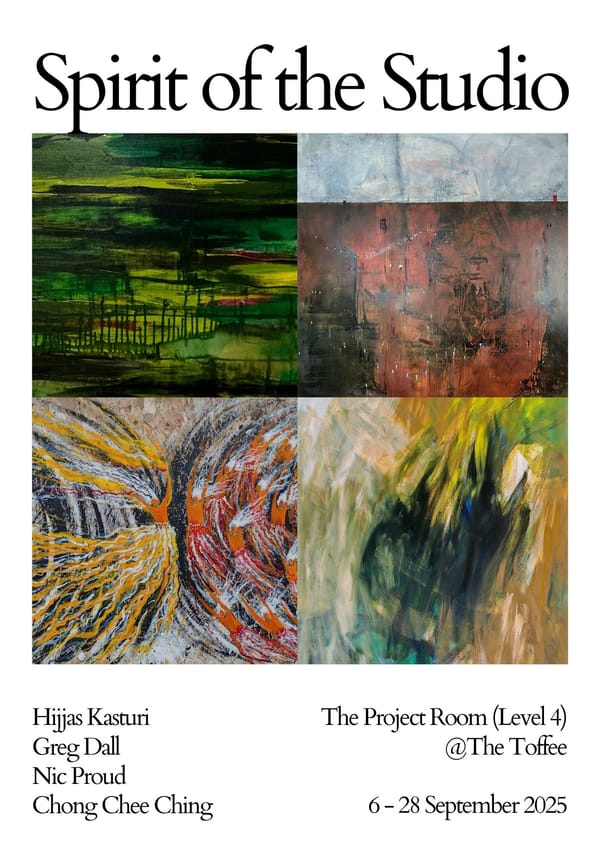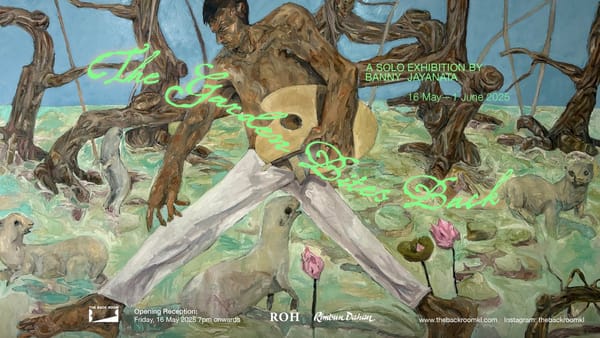Strategies of Dissent: Works from the Ng Sek San Collection
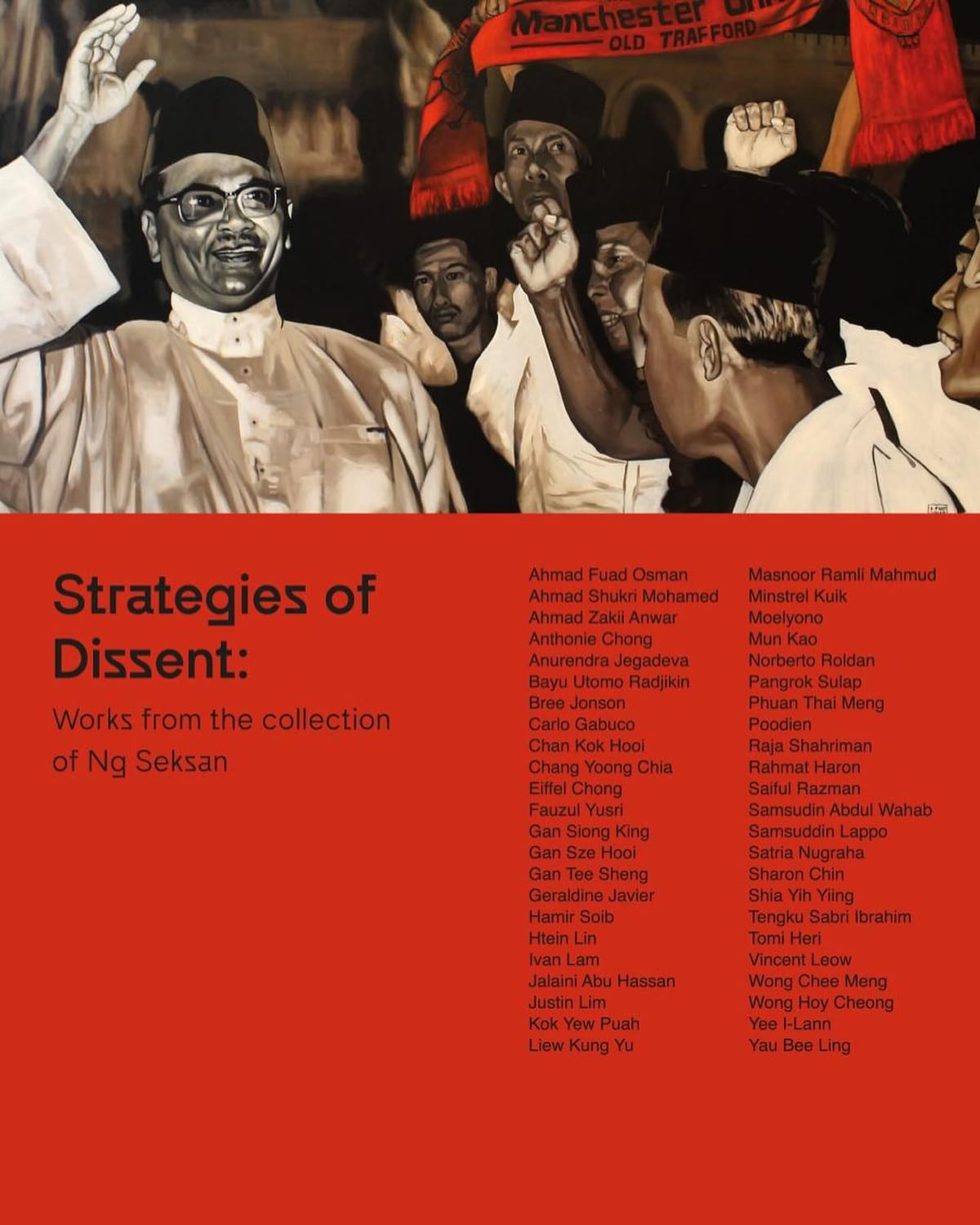
Strategies of Dissent, co-curated with Lim Sheau Yun, presents over seventy works from Ng Sek San’s collection, situating artistic practices of Malaysia and the region within a longer genealogy of protest from the 1990s to the present. Anchored by Usman Awang’s 1949 poem Jiwa Hamba, the exhibition treats art not as a transparent vehicle of resistance but as a site of strategies—rhetorical, representational, and affective—through which dissent is negotiated and made visible. The range of artists, from Ahmad Fuad Osman, Ahmad Shukri Mohamed, Ahmad Zakii Anwar, and Bayu Utomo Radjikin to Sharon Chin, Yee I-Lann, and Wong Hoy Cheong, reveals both the continuities and divergences across generations grappling with shifting political landscapes.
Structured thematically, the exhibition traces different registers of opposition. Tunjuk Perasaan recalls the embodied energies of 1990s collectives such as MATAHATI, where angst became a mode of address to publics. Jangan Main-Main highlights how play, satire, and triviality undercut prohibitions on “sensitive issues,” implicating viewers as participants in political games. When the Walls Start Tumbling Down situates Reformasi as a watershed moment, reading Anwar Ibrahim’s black eye and Syed Ahmad Jamal’s flag design as both symbol and witness, while mapping how artists recalibrated toward metaphor, abstraction, and coded forms to sustain critique under heightened repression. Myths interrogates the circulation of foundational stories—Hang Tuah, colonial encounters, national epics—showing how artists rework these narratives to contest authority and re-imagine belonging.
Later sections extend beyond spectacle. The Production of a Common Horizon proposes that solidarity is formed not through state projects of unity but in the friction of everyday encounters, and Recognition attends to those whose lives are excluded from dominant histories, foregrounding figures otherwise marginalised in art and politics. Read together, these constellations suggest that dissent in Southeast Asian art has been less a matter of singular rebellion than of accumulative strategies: layering feeling, play, symbol, and witness into forms capable of both evading and addressing the structures of power.

